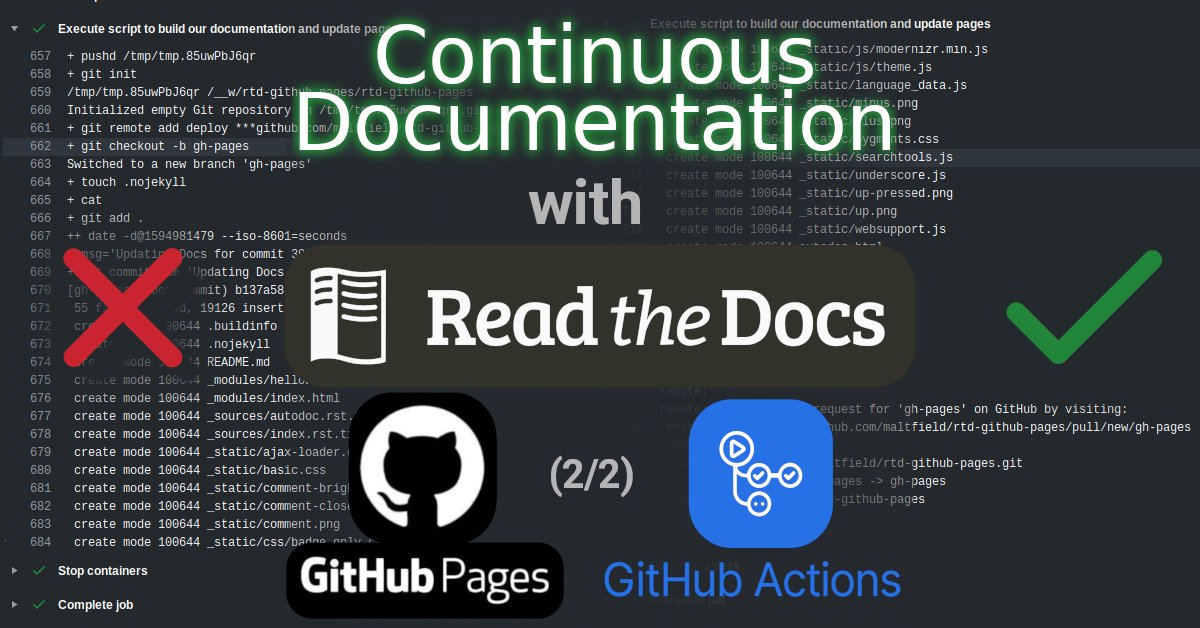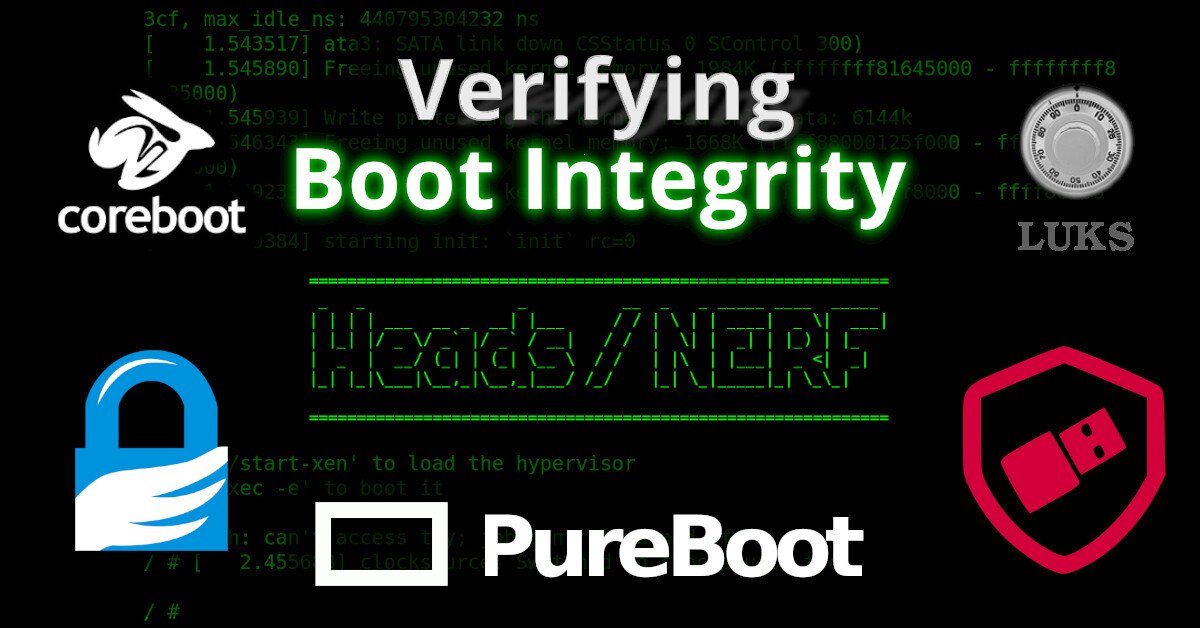
This post will describe how add translations (i18n), pdf/epub builds, and branch-specific versioned documentation to a Read-the-Docs-themed sphinx site hosted with GitHub Pages and built with GitHub’s free CI/CD tools.
This is part two of a two-part series. Before reading this, you should already be familiar with Continuous Documentation: Hosting Read the Docs on GitHub Pages (1/2).
ⓘ Note: If you don’t care about how this works and you just want to make a functional repo, you can just fork my ‘rtd-github-pages’ GitHub repo.
Michael Altfield
Hi, I’m Michael Altfield. I write articles about opsec, privacy, and devops ➡
About Michael
. . . → Read More: Continuous Documentation: Hosting Read the Docs on GitHub Pages (2/2)

















